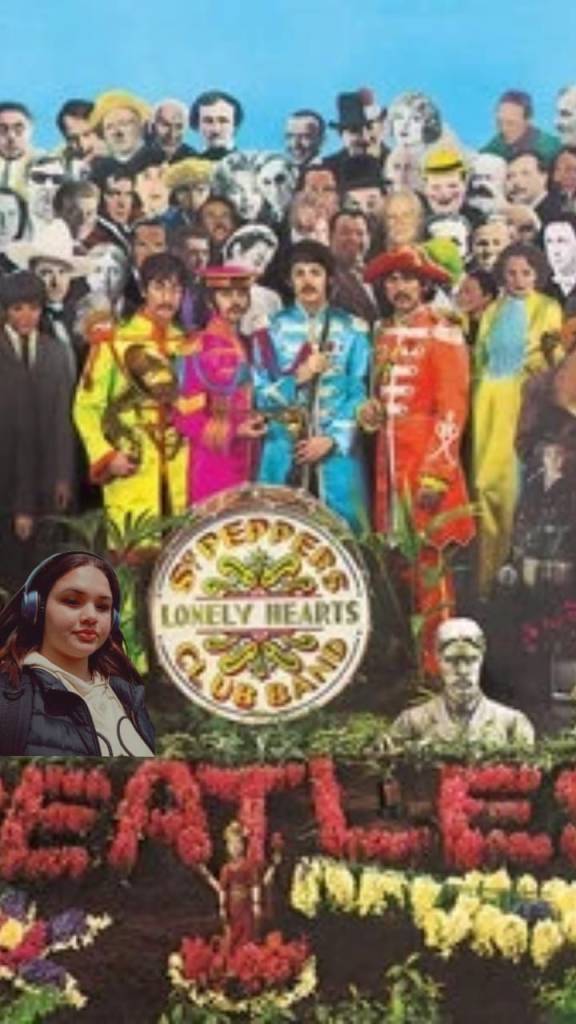The Beatles, a band that transformed the landscape of popular music in the 1960s, remains a cultural and musical phenomenon decades after their disbandment.
Originating from Liverpool, England, the group comprised John Lennon, Paul McCartney, George Harrison and Ringo Starr. Their innovative approach to music, characterized by their distinct blend of rock and pop music and later on experimental sounds, revolutionized the music industry and influenced generations of musicians and fans alike.
Among their vast repertoire, Hey Jude stands out not only as a timeless classic, but also as a song with a story that reflects the band’s ability to touch on deeply personal and universal themes.
Hey Jude was written by Paul McCartney and first released in 1968. The song’s genesis is rooted in a moment of empathy and compassion. Originally titled “Hey Jules”, it was written for Julian Lennon, John Lennon’s son during his parents’ divorce. McCartney wrote the song to comfort Julian, encouraging him to face the difficult situation with optimism and resilience. The lyrics “Hey Jude, don’t make it bad, take a sad song and make it better” suggest turning sorrow into a positive action, an overachieving theme that resonates with listeners facing their struggles.
The Beatles were at a crossroads when Hey Jude was released. They had just formed their own company, Apple Corps, and were navigating the complexities of their evolving personal lives and professional ambitions. Despite the turbulent backdrop, Hey Jude emerged as a soothing anthem that provided a sense of hope and solidarity. Its message transcended its initial personal context, becoming a universal call for perseverance and healing.
Musically, Hey Jude is remarkable for its simplicity and emotional depth. The song starts with McCartney’s gentle piano accompaniment and gradually builds in intensity, culminating in a long, communal sing-along of “na-na-na” refrains. This crescendo creates a sense of unity and collective experience, drawing the listener into a shared journey of emotional upliftment. It exemplifies the Beatles’ talent for combining accessible melodies with profound lyrical content, a hallmark of their music.
The release of Hey Jude also marked a significant moment in the Beatles’ career. It was their first single under the Apple label and became one of the best-selling singles of all time, Its success underscored the Beatles’ unparalleled ability to connect with a global audience, breaking records and bridging cultural divides. The song’s endurance over the years highlights its timeless appeal and the enduring relevance of its message.
In the broader context of the Beatles’ discography, Hey Jude represents their mature phase, where they began to explore more complex themes and diverse musical styles. While their earlier works like “Please Please Me and “A Hard Day’s Night” captured the exuberance of youth, later albums such as “The White Album” and “Abbey Road” delved into more intricate and experimental territories. Hey Jude, with its blend of pop sensibility and emotional depth, sits comfortably within this evolution, showcasing the band’s growth as artists and individuals.
In conclusion, Hey Jude is not just a song; it is a testament to the Beatles’ ability to create music that speaks to the human experience. Its origins in a moment of personal crisis and its transformation into a universal anthem of hope and resilience illustrate the band’s unique talent for weaving personal stories into the broader tapestry of life. The Beatles, through songs like “Hey Jude,” have left an indelible mark on the world, one that continues to inspire and uplift generations of listeners.
CĂTĂLINA MIHELE












